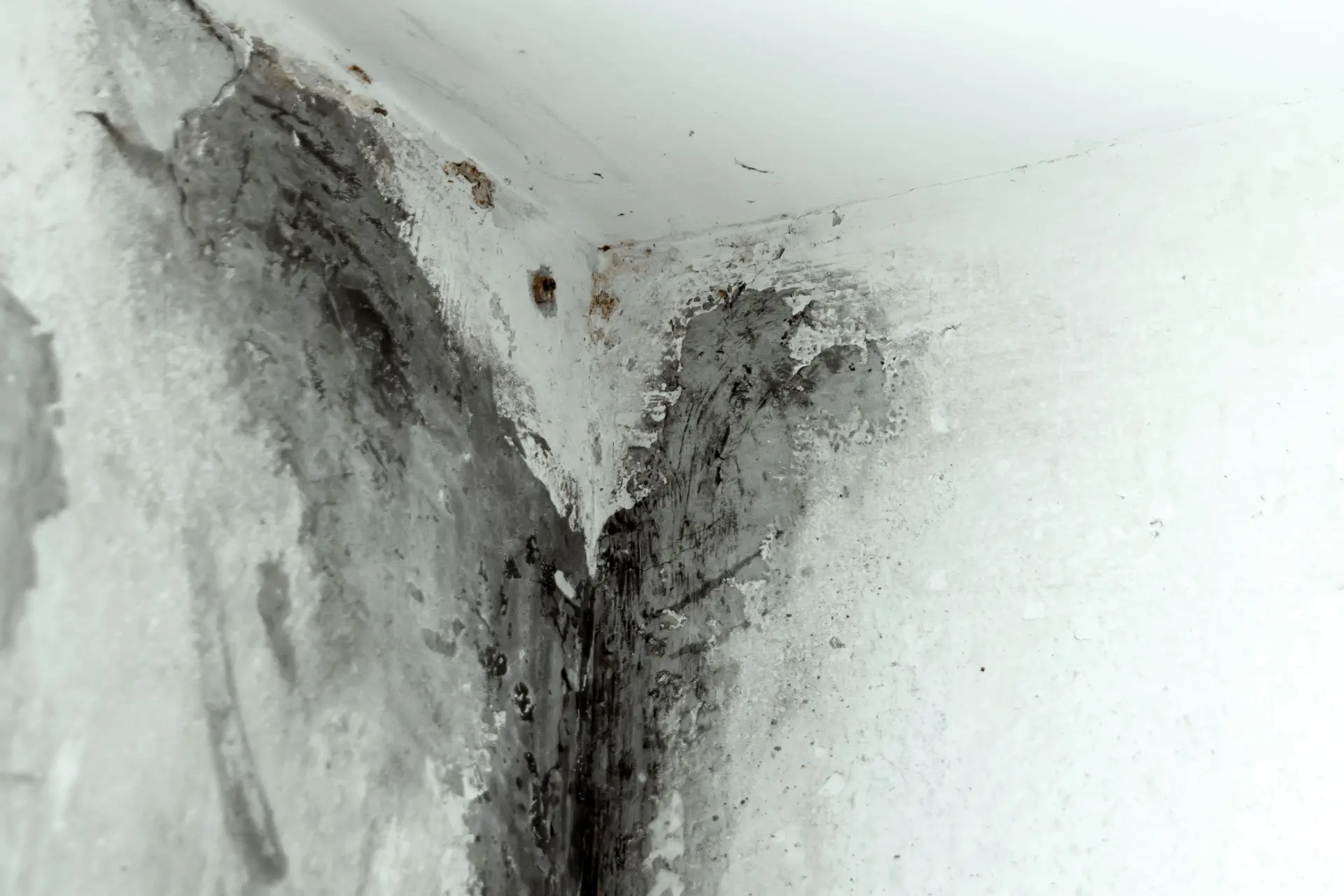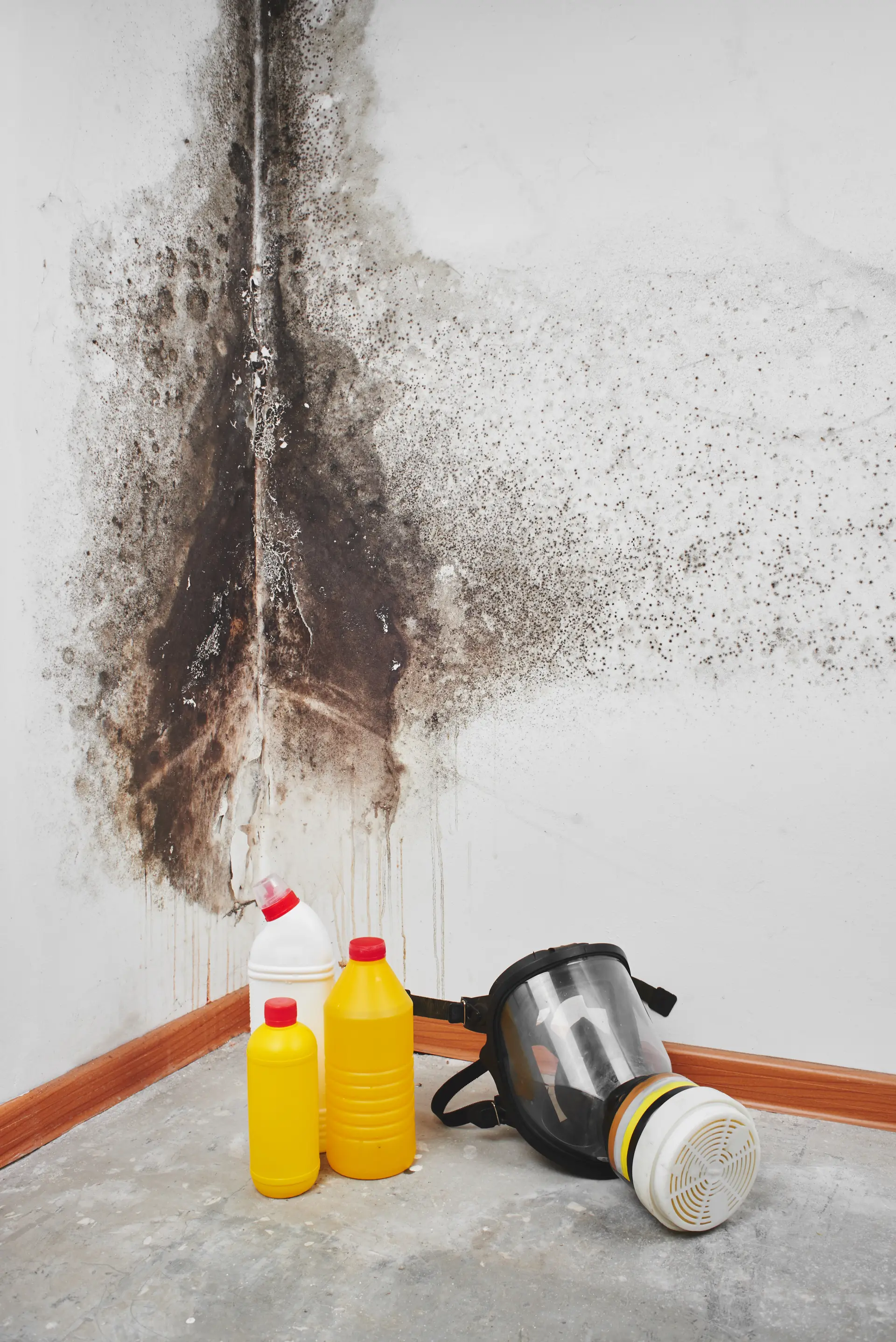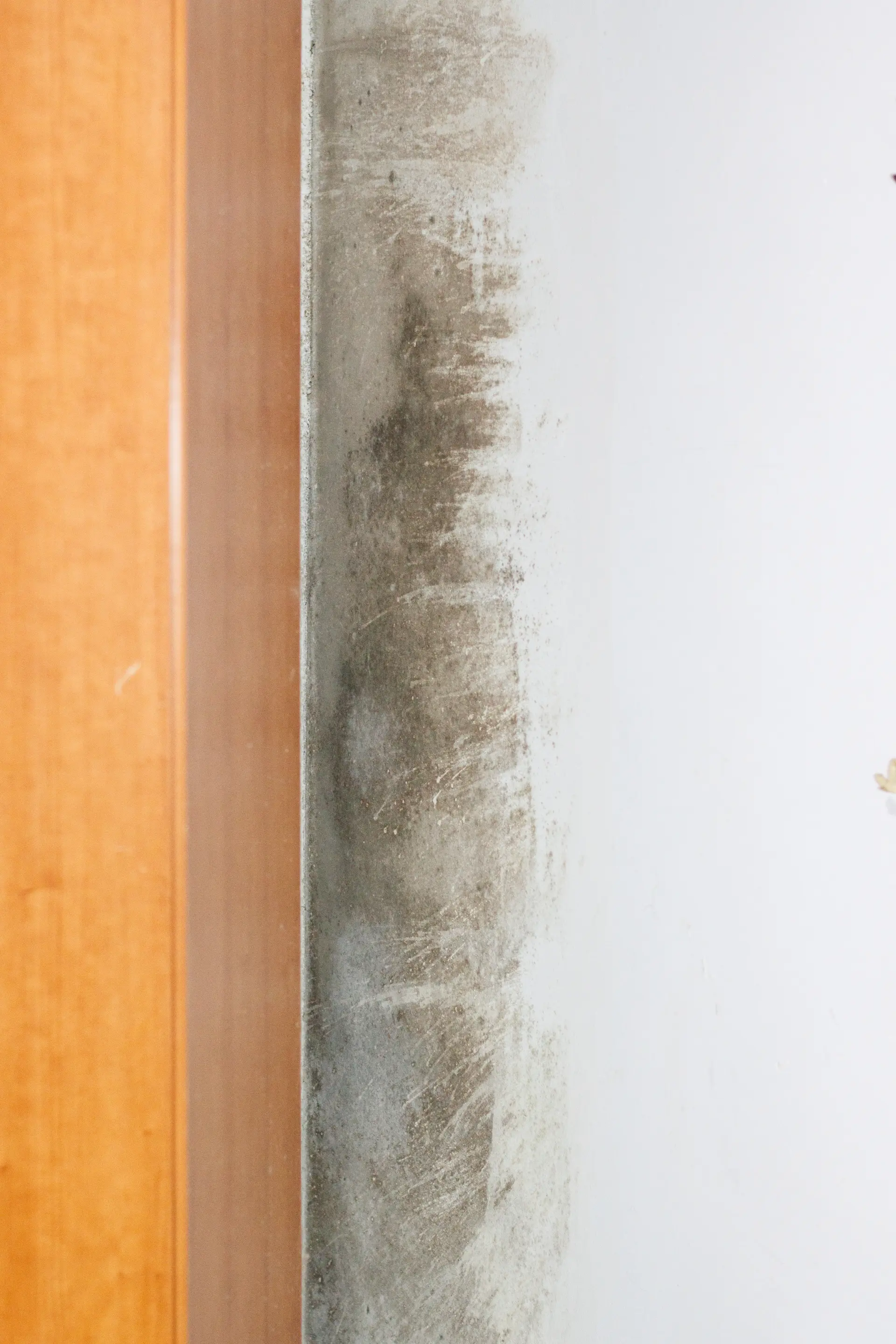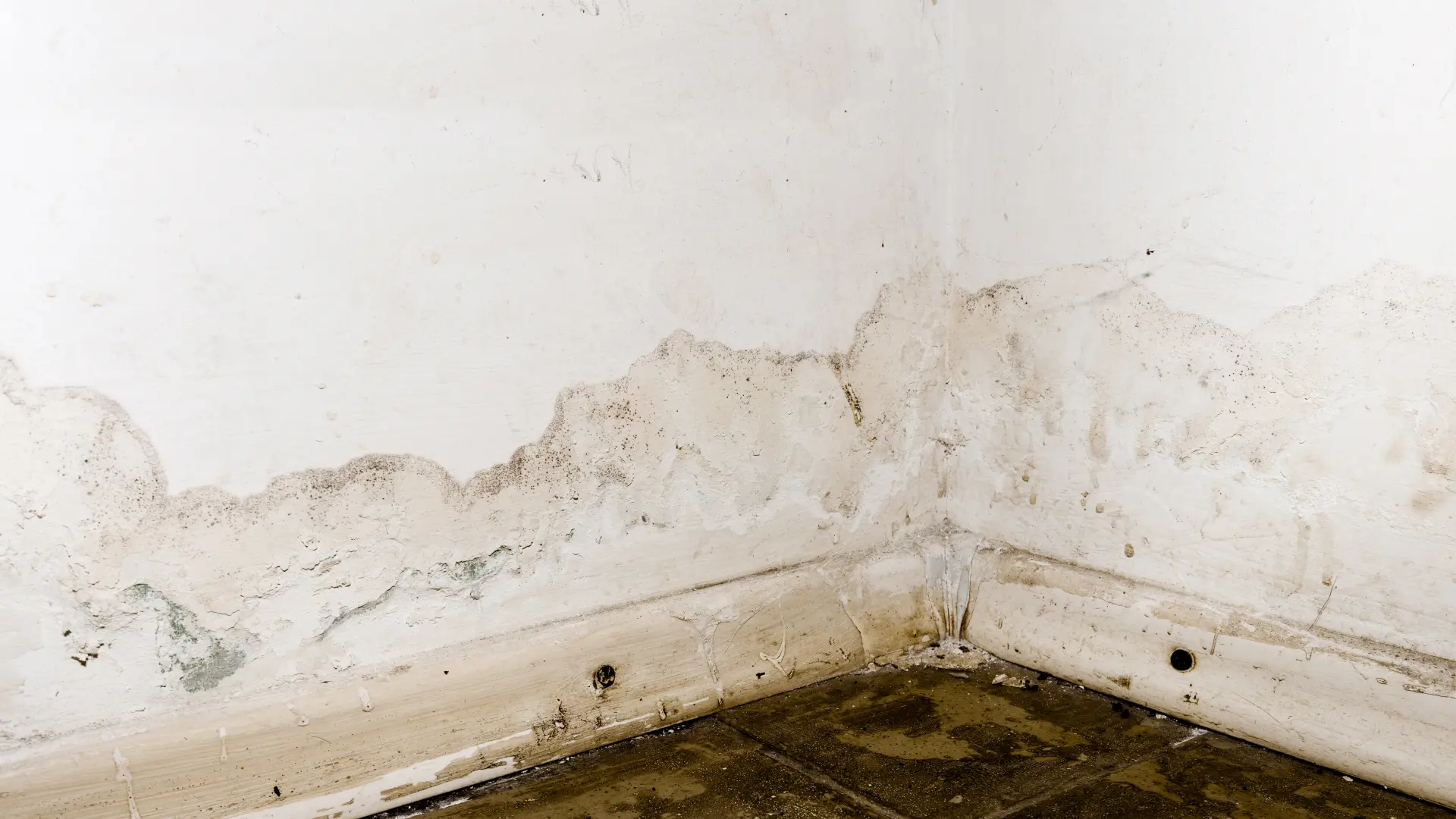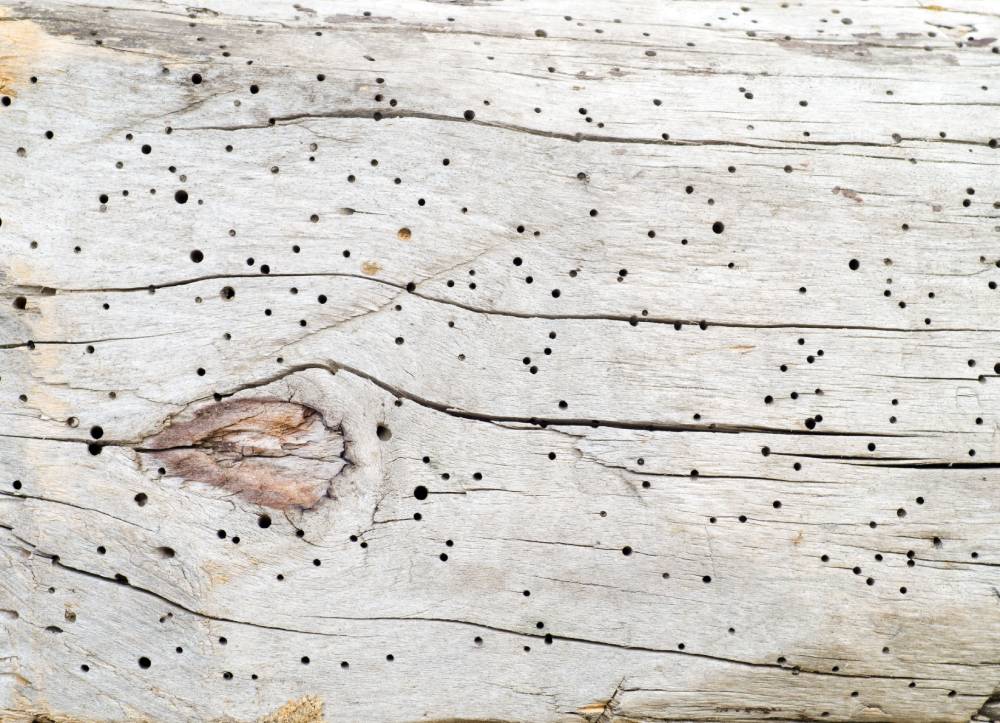Discover the different types of damp and how to identify them early with our expert guide. Protect your home from rising damp, penetrating damp, and condensation today.
Damp is a common problem that can affect any home. Knowing the different types of damp and how to identify them early can help you stop serious damage before it starts. If not dealt with quickly, damp can cause health problems and harm the structure of your property.
Rising Damp: What It Is and How to Recognise It
Rising damp happens when water from the ground moves up through the walls of a building. This can happen if there is no proper barrier to stop it, called a damp proof course. Over time, the moisture spreads upwards, making paint and wallpaper peel or bubble. You might also see cracks in the plaster or notice that the bottom of the wall feels wet.
A common sign is a tide mark, which looks like a stain about one metre high from the floor. Rising damp can also bring salts from the ground, which leave a white powder on the walls. If left untreated, it can cause serious damage to your home and even affect flooring, carpets, and furniture nearby.
Penetrating Damp: Common Signs and Causes
Penetrating damp happens when water gets in from outside. This can be caused by broken windows, missing roof tiles, or cracks in the walls. It usually shows up on walls or ceilings as wet patches, especially after it rains or during storms. It can also happen when gutters overflow or pointing wears away.
Unlike rising damp, this type can affect any part of the building, not just near the floor. Over time, the moisture can lead to mould growth and damage inside the home. Fixing the outside problem, such as sealing cracks or repairing leaks, is important to stop the damp from coming back and getting worse.
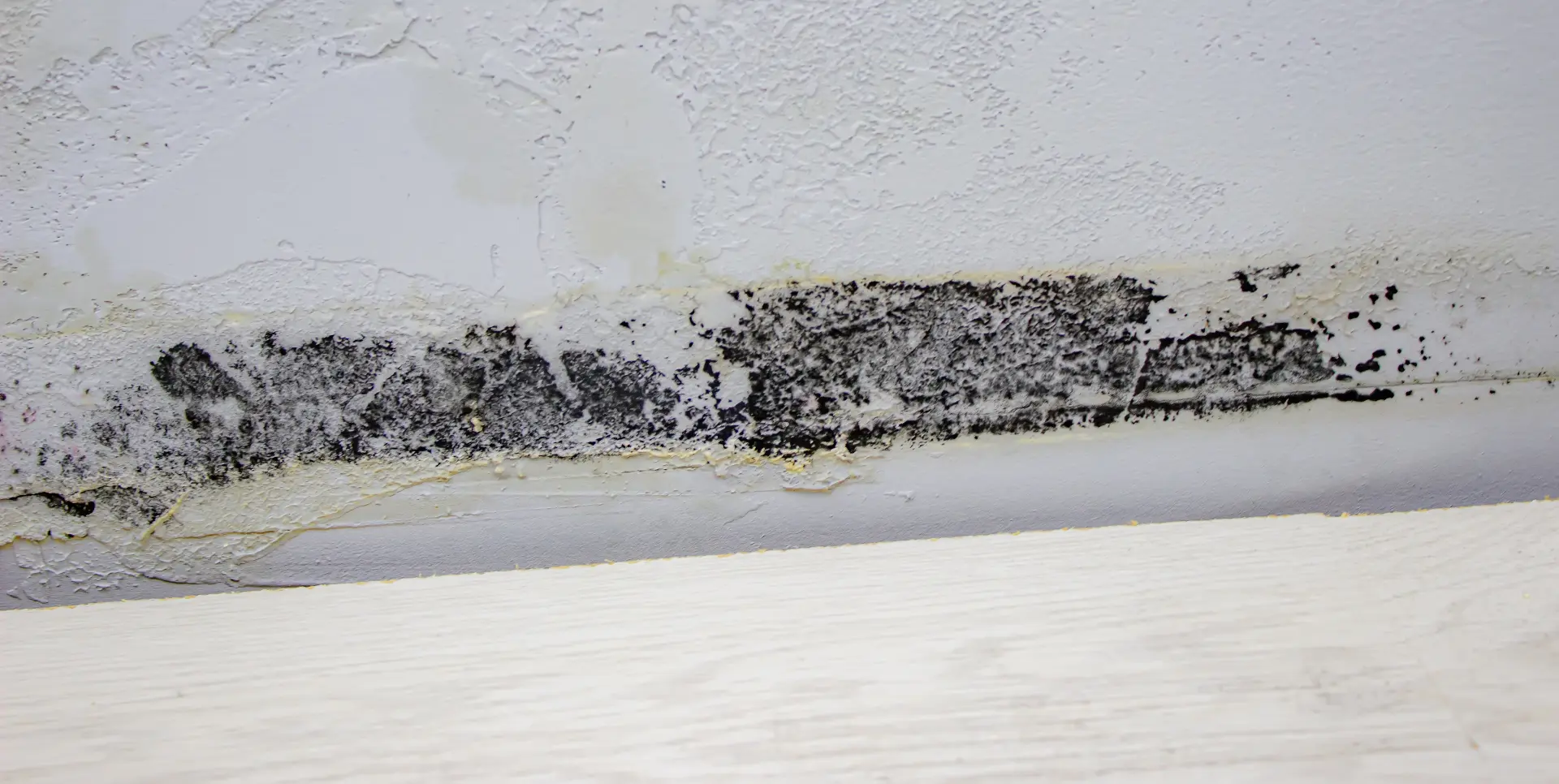
Condensation: The Most Common Type of Damp
Condensation is the easiest type of damp to spot. It happens when warm, wet air touches cold surfaces, like windows or walls. The water in the air turns into drops, which we call condensation. This type is often seen in winter when the inside of your home is warm but the outside walls are cold.
You will often find it in places with poor ventilation, like bathrooms or kitchens. Signs include misty windows, wet walls, and black mould in corners or around windows. To stop it, try opening windows, using extractor fans, or adding better ventilation to your home. Drying clothes indoors can also make condensation worse, so avoid it where possible.
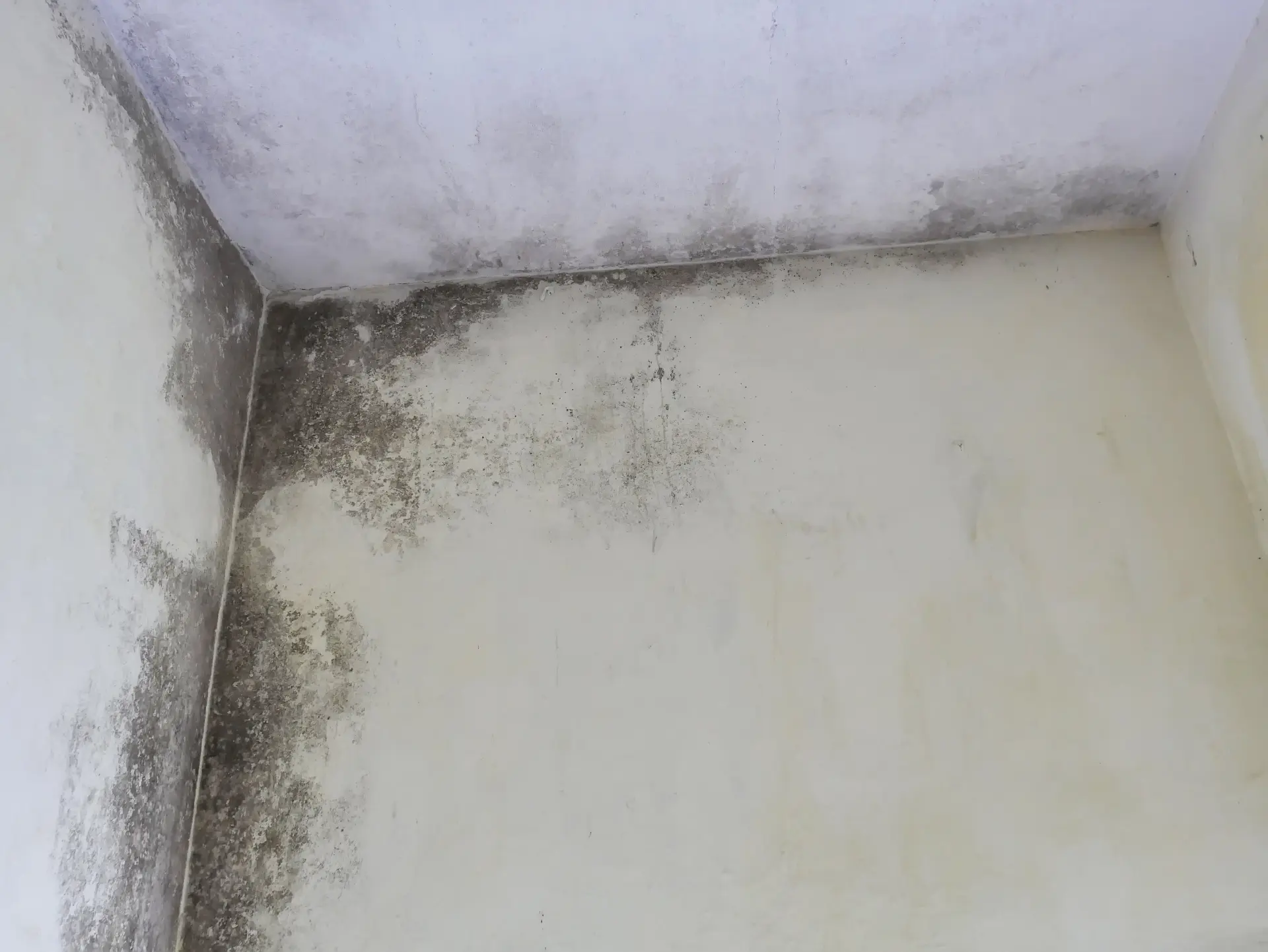
How to Tell the Difference Between Damp Types
Knowing the type of damp helps you choose the right way to fix it. Rising damp usually starts near the floor and has a tide mark.
Penetrating damp can appear on any wall or ceiling, often after rain or leaks. Condensation shows up as water drops or mould in humid rooms like bathrooms and bedrooms.
The damage caused by each type can look similar, but where and when it appears gives clues. Spotting the signs early can save you money. If you are unsure, it is best to get advice or a damp survey so the problem does not get worse over time.
Where to Look for Damp in Your Home
Check areas that are often wet or cold. Look at outside walls, especially where paint is bubbling or flaking. Check around windows for water drops or black spots.
Behind furniture and in corners, you might find signs of mould or moisture. You might also notice a musty smell or feel the wall is damp to the touch.
Bathrooms, kitchens, and basements are common problem spots because they hold a lot of moisture in the air. Keep these places well-ventilated and dry to help prevent damp from forming. It is a good idea to open windows regularly, even in winter, to let fresh air move through your home and reduce condensation build-up.
Above Water Damp Proofing Ltd offers trusted damp control services to help protect your property from moisture damage. Our experienced team can identify different types of damp, carry out detailed surveys, and apply effective treatments to keep your walls, ceilings and floors dry and safe. We aim to give you long lasting protection and peace of mind against rising damp, condensation, and more.
